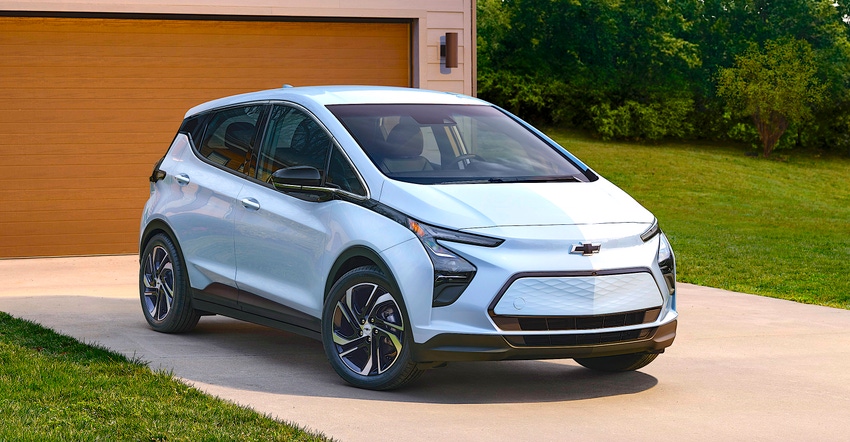Chevrolet Bolt’s Time Was Up
Uproar for Chevrolet’s decision to retire the Bolt is misplaced.

To read the headlines, it sounds like General Motors killed the electric car, again. The company recently announced it is pulling the plug on the Chevrolet Bolt, a pioneering EV introduced in 2016.
The seven-year-old model was never the epitome of refinement or style, and after so many years on the road, its electric drivetrain is obsolete, making the Bolt overdue for replacement. Worse, the Bolt was reported to be a money-loser for GM, just like the EV1 was back in the 1990s.
Now, as then, GM made the rational decision to stop losing money on an EV project that was intended to advance the technology. Now, instead, the company will aim to build EVs at a profit.
A Long Time Coming
The Bolt project started more than a decade ago, with a 180-person team at GM’s Korean subsidiary in 2012, producing a concept car that debuted at the 2015 North American International Auto Show in Detroit. Other debuts at Detroit that year include the Ford GT (now discontinued), Ford Shelby GT350 (discontinued), Cadillac CTS-V (discontinued), and Acura NSX (discontinued).
But dropping a money-losing EV has raised outrage. The main complaints are that, after years of slow sales, the Bolt was gaining popularity and that the Bolt was the most affordable EV on the market. These issues are related. GM dramatically cut the Bolt’s price in response to slow sales and the discount had the desired effect of boosting sales. It also boosted the amount of money lost on each car.
The Bolt was never especially popular, selling about 20,000 cars per year. That was mostly because of its relatively high price in the past, but also because its homely styling and spartan interior betrayed its intended use as a ride-sharing car for Lyft, and later, as an automated taxi for GM’s own Cruise service. Plus, there was the matter of trying to recover money spent on the costly electric drivetrain by taking out of other parts of the car, which contributed to the Bolt’s bare-bones cabin atmosphere.
Sluggish Sales And Slashed Prices
Combined sales of the Bolt and the enlarged Bolt EUV were nearly 20,000 in the first quarter of this year, following GM’s decision to slash the price by $5,000 for the 2022 model year, followed by a $6,000 cut for 2023. It should come as no surprise that consumers were willing to snap up Bolts at an $11,000 discount, which made the cars cheaper than they cost to build.
Even so, at its current rate, the Bolt’s 20,000 quarterly sales pale in comparison to the sales of popular SUVs and trucks. The Equinox SUV, for example, sold more than 50,000 vehicles at the same time.
Next year, Chevrolet will offer an electric Equinox as a $30,000 EV choice for shoppers. This is a type of vehicle that consumers actually want, in contrast to the Bolt’s economy hatchback segment. And the Equinox employs GM’s latest Ultium battery and drive motor technology rather than technology from a decade ago. Some of the bonuses of this newer technology include Level 2 AC charging at 19.2 kilowatts and 150-kW DC fast charging instead of the Bolt’s 7.2-kW Level 2 and 55-kW fast charging.
The Bolt’s factory in Orion, Mich., will be converted to built electric Silverado pickup trucks. Chevy sold 126,000 of those in the first quarter, alongside nearly 70,000 GMC Sierra pickups. Providing electric versions of these vehicles will go further to advance the cause of efficiency than selling a comparatively paltry number of electric hatchbacks.
About the Author(s)
You May Also Like





